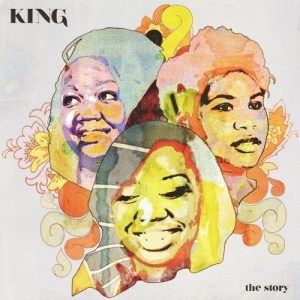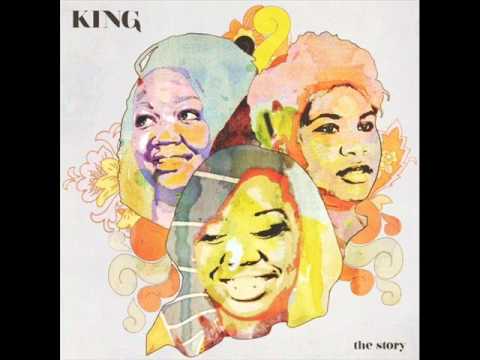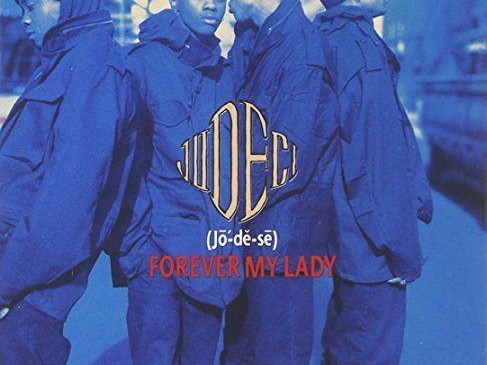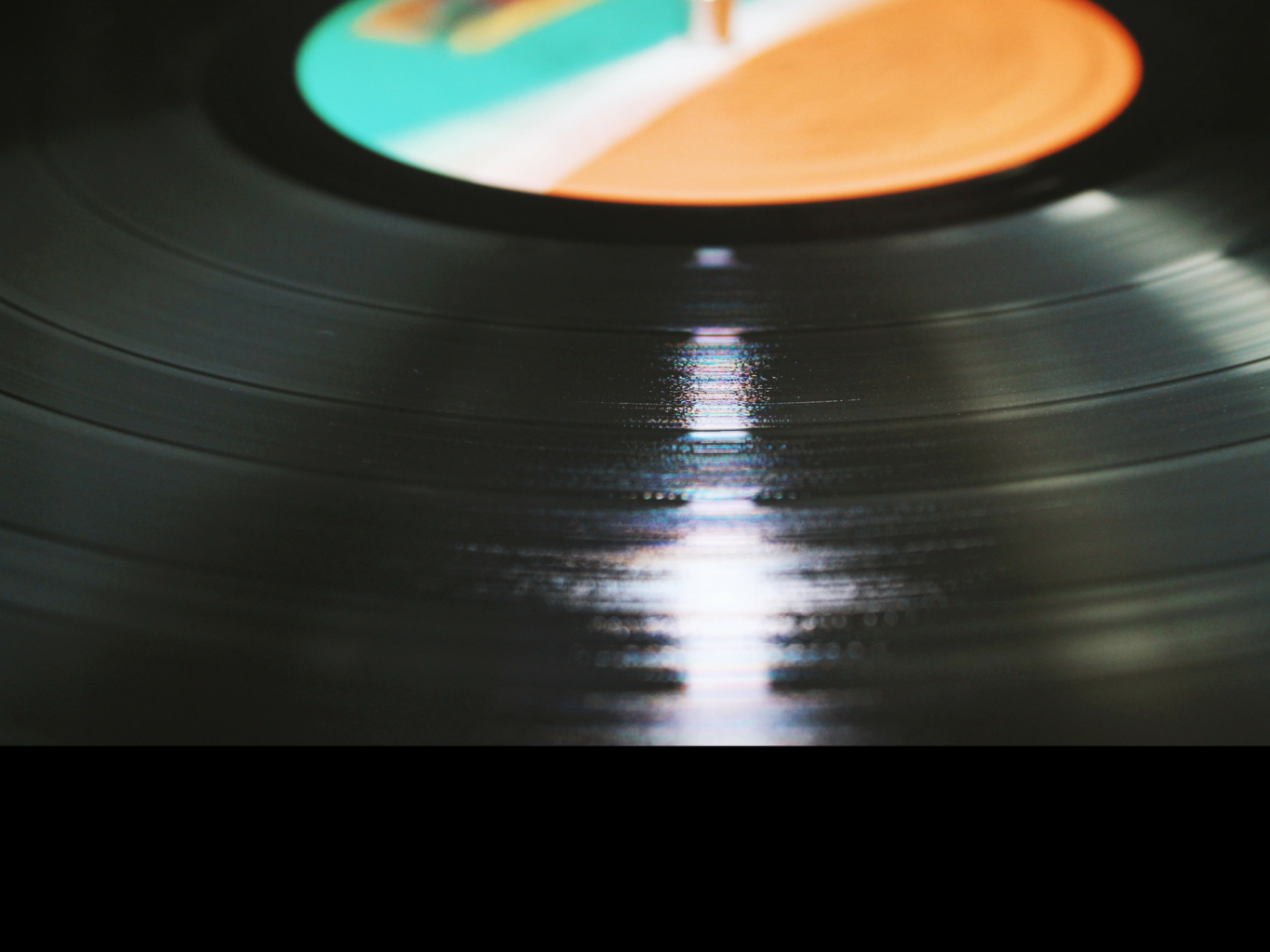I was just sharing with my GFM colleagues the other day my initial reaction when I first heard the music of KING. Now you have to understand that the music arrived with a very low key “check this out”. We get a lot of music that hits the inbox with that description so to say I was not prepared for what I was about to experience is definitely an understatement. As I shared with my folks I had the reaction of an old 1980’s movie commercial “I laughed, I cried… hell I even boogied” that’s not an exaggeration.
I had been thinking about doing an Inside the Song on “Supernatural” for a while now, I’ve been intrigued by the structure, arrangement, and production of this song since first listen.
The Song
Something that I always discuss with other writers is the idea of not falling into the easy trap of being predictable. That’s very easy when you are working in the standard pop music format, especially these days where people either come up with 4 or 8 bars of music, drop a string line hear or there to differentiate the verse from the chorus and call it a day. That’s definitely not the case here with “Supernatural”.
I view this song as having essentially 6 distinct sections: Intro, Verse, Middle 8, Chorus, Bridge, Coda. What I absolutely love and admire here is that these section aren’t all divided into predictable 8 bar sections. I view the Intro as 12 bars, the Verse 20 bars, Middle 8 which is self explanatory except for the fact that when this section appears again as the lead in to the bridge it is truncated to 7 bars. The Bridge and Chorus both employ 16 bar phrases and then we have the Coda where the vocals end on the 4th bar as the tempo decreases and we are treated to some lovely synth work. So all in all I see the structure of “Supernatural” like this:
Intro-Verse-Middle8-Verse-Middle8(Truncated)-Bridge-Chorus-Coda
The Arrangement
“Supernatural” begins with a big acapella chorus stating a recurring theme that runs throughout the song: The dichotomy between Major and minor key centers. For me as a listener that is one of the most appealing aspects of this song. It begins one way harmonically and as soon as you think you’re settled in you’re taken somewhere else. I simply love that. Another aspect that I love about this arrangement is that it is constantly building, the full complement of instrumentation is not even introduced until 2:50 into the song. Now that’s a build up! Most of the time everything that’s going to be thrown at you happens in the first chorus and then there is the contrast in the verses but not here. Each section builds upon the other and Paris Strother does a masterful job of introducing each section musically with a line that announces we’re about to move somewhere else.
Among other things I am a big fan of great vocals and great harmonies. There are many lessons to be learned in this arrangement from Amber Strother and Anita Bias regarding voicing and placement but one thing that sticks out that you don’t see a lot of people employing anymore is that sense of contrast that is used here where you have a strong unison line that moves and rises up to a sustained chord. Again, it’s not how many notes, it’s picking the right ones, the pretty ones and Amber and Anita are spot on everytime.
What can I say about The Regiment Horns besides fantastic! Again, it’s all about the build here, the first entrance is a soft answer to the lead vocal and from there lines build until we have a the trumpet lead in on the chorus which mirrors the classic shout choruses of Basie/Ellington et al.
An overarching theme in “Supernatural” for me is how much this track encompasses all that has come before and what’s yet to come in music that is African at its root. You name it it’s in here: Blues, Jazz, Gospel, R&B, Pop, Rock and so on. Often in this country we miss out on the beauty of how the complex African polyrhythms are produced because it requires a communal experience, working together and your part may require you to play the same thing a thousand times without variation because one part builds on the other. Also, make no mistake when the drum kit kicks in that bass drum pattern is pure New Orleans Second Line clave pattern.
The Production
This is what I am so looking forward to in the future. The production here is a hybrid of the best of the digital world and the analog world. The synth bass carries the entire bottom very well and is essentially the time keeper in the beginning of the song until the tambourine kicks in. The sound of the bass and the organ “blanket” are not overbearing at all they leave plenty of space for the vocal to breathe.
Proximity wise the entire “band” sits in a great place away from the front of the speakers through the use of some nice natural reverbs and there is also a cool doubling delay on the lead vocal. Even after the first listen I got the distinct feeling that a mix like Stevie Wonder’s “Creepin'” might have been a reference point just because I feel a similar amount of warmth and as I stated earlier I’m not being decimated by low end, the kick and the bass are mixed like a kick and a bass would be mixed by someone who deals with these elements in their context as played instruments as opposed to programmed samples. Not that I don’t like a nice long 808 as much as the next person but that’s not what’s called for here.
To any and all keyboard players/producers who may be reading this post: Just because you have a patch on your board or virtual instrument that says horns(or strings for that matter) does not mean that you have to play that patch or use that patch in a production. There are far too many talented horn(and string) players out there who love to play and especially play with a great section that has some great lines to play. Stop using the economics as an excuse, you have no idea how much it might cost unless you ask and in these economic times you may be able to get that great sound for a lot less than you think especially if you live near a college or university with a reputable music department. Long story short, use KING’s example and use real horns!!!
Conclusion
Quite simply you want to know why KING sounds the way they do on all of their songs on their “The Story” EP? They sound this way because they have put in the time, listened to the right people, studied their craft, done the homework on and on ad infinitum. There’s no simple way or answer to how to get there from here except perfect practice makes perfect. I can’t say for sure but you know how there were always stories about Michael Jordan being the first to arrive at the gym and the last to leave? I’m sure if you ask the wonderful ladies of KING they have some practice room/rehearsal stories like that.
Ivan Orr is a multi-instrumentalist, composer, performer, and writer. A native of Charlottesville, Virginia Ivan was involved with the forming and nascent days of The Music Resource Center as its first Program Director. A graduate of Virginia Commonwealth University’s Department of Music, Ivan currently resides in Richmond, VA where he maintains an active performance and production schedule while serving as the Music Editor for Grown Folks Music, a position he has held since 2010.
RELATED POSTS
June 18, 2014
New Music: KING – “Mister Chameleon”
January 14, 2014
Inside The Song-Forever My Lady
July 2, 2014
New Music: KING – “Mister Chameleon”
July 20, 2011






My sons friend posted this on FB. Great beat and lyrics!
Yes it is a really great tune and I think so many folks are pulling for the continued success of this group because their growth and success has been so organic. In an age where everything is so hyped up it’s such a breath of fresh air.
I really enjoyed your technical explanation of the song. I’m not a musician myself so I don’t always know the jargon, but in the end, we both enjoy it. I can hardly wait until they drop a full-length.
Chris, Thank you so much! Yeah every now and then I will go into my music geek mode but what’s most important is what you said about enjoying the music! That’s what I look for always. I can’t wait either to hear a full-length.
Now that is “Breaking It Down” til it’s Broke ….!! lol GREAT job of explaining the technical and professional production techniques. I love it…I’m about to write about them myself but I just like supporting good music and artist..Thanks for the great article.
Thanks Steve for your kind words! I feel the same way that you do about supporting the music. I just love these ladies. I’m definitely going to roll through and check you out at the rhythm-hub.